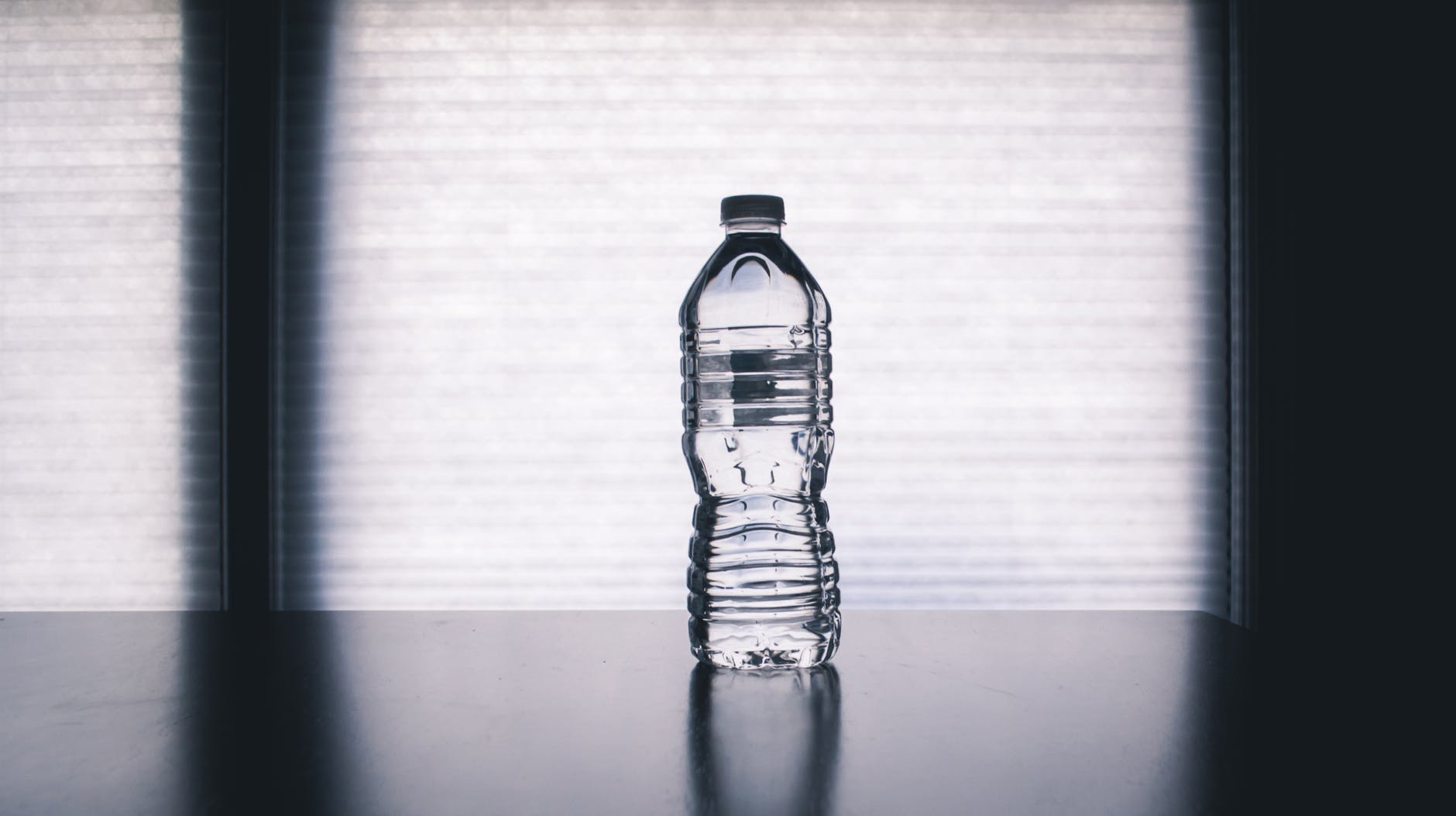by Jessie Smith, Greenheart Intern
 A $1.50 doesn’t seem like much on a hot summer day. It’s just one water bottle. What harm could it do? Little do we realize that about 500 million other people in the US think the same way each week. That’s enough bottles to circle the globe five times! That $1.50 in reality, is contributing to a steadily growing problem: water overconsumption.
A $1.50 doesn’t seem like much on a hot summer day. It’s just one water bottle. What harm could it do? Little do we realize that about 500 million other people in the US think the same way each week. That’s enough bottles to circle the globe five times! That $1.50 in reality, is contributing to a steadily growing problem: water overconsumption.
Though it’s hard to consider what affect a long shower or a bottle of water can have on the world around us, it’s important to take note. Each year, our water consumption continues to grow at a rate that threatens our water supply. Aquifers such as Ogallala Aquifer, the largest in North America, continue to pump water across the country at a rate that’s faster than can be replenished. In the Northeastern Illinois region alone, it’s estimated that the water demand is to grow by 36%-64% from 2005-5050 if we continue current patterns of water usage. With the EPA reporting that at least 36 states will be facing water shortages by 2013, it is essential that our water consumption habits begin to change.
One way that we can do this is by making sure that water infrastructure—like pipes, tunnels, and pumps—in our cities and towns are continuously maintained and upgraded to provide clean drinking water. One good example of why it’s important is Chicago’s water infrastructure investments. Because the city replaces an average of 42 miles, or 1%, of their pipes each year, they expect to save 40 million gallons of water per day by 2016. That’s enough water to provide for an additional 400,000 people!
Chicago Metropolitan Agency for Planning’s (CMAP) The Water 2050: Northeastern Illinois Regional Water Supply/Demand Plan, also estimates that water conservation efforts have the potential to save 270 million gallons of water a day, which would mean that we could reduce the projected increase in water demand from 2005-2050 by 71%.
Unfortunately, just making sure our water infrastructure is up to date isn’t enough. Other issues, such as Endocrine Disrupting Chemicals (EDCs) and Pharmaceuticals and Personal Care Products (PPCPs) contaminate our water supplies. Asian carp not only threaten Lake Michigan’s biodiversity, but also threaten the Great Lakes sports fishing industry, valued at $7 billion dollars. And that old toilet? It accounts for about 30% of an average person’s indoor water use.
That’s why it’s important to take measures to help protect our Lake’s water supply. Properly disposing of old prescriptions rather than throwing them down the drain or toilet can help reduce contaminants. Everything from prescriptions to the chemicals used in shampoo and bug spray goes straight back in to the water supply and our environment.
Using more efficient plumbing fixtures, such as showerheads, toilets, faucets, and washing machines can help reduce your water consumption. Did you know that replacing a single toilet with a WaterSense labeled toilet can save up to 11 gallons of water per day?
Even changing your gardening practices such as when you water your lawn and what plants you plant can help. Using native plants, such as little bluestem, purple coneflower, and black eyed susans, which are acclimated to the Northeast Illinois area, can help save water, as they require less water and less fertilizers.
And that $1.50 bottle of water? It not only costs more than 2000 times more than tap water, ounce per ounce, but in reality, it’s really nothing more than filtered tap water. Tap water can provide the same, if not better quality water than bottled water. That’s something Craig Zucker, founder of Tap’d NY proved each time he sold a bottle.
So next time you go out for a jog on a hot summer day, keep the impact of that $1.50 in mind and turn to a more sustainable option.
Check out the links below for more information on CMAP’s GoTo2040 plan, The Water 2050: Northeastern Illinois Regional Water Supply/Demand Plan, and more.
CMAP
Build your own plan for 2040
Alliance for Water Efficiency
Water for People
Alliance for the Great Lakes
Freshwater Future
Circle of Blue
Healthy Lakes, Healthy Lives
EPA WaterSense
The Surfrider Foundation
Green Landscaping
The Story of Bottled Water
EDCs and PPCPs
Ten Things You Should Know About Water
Water Supply and Use in the United States
